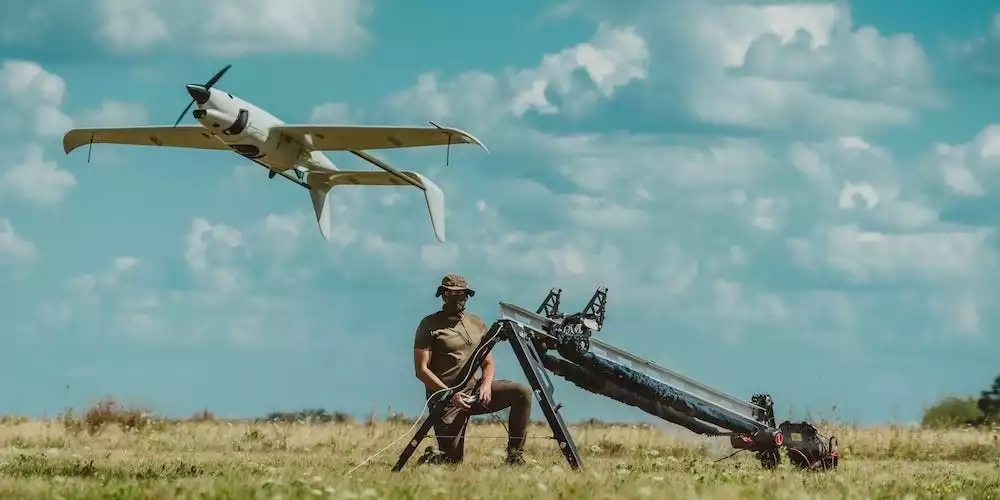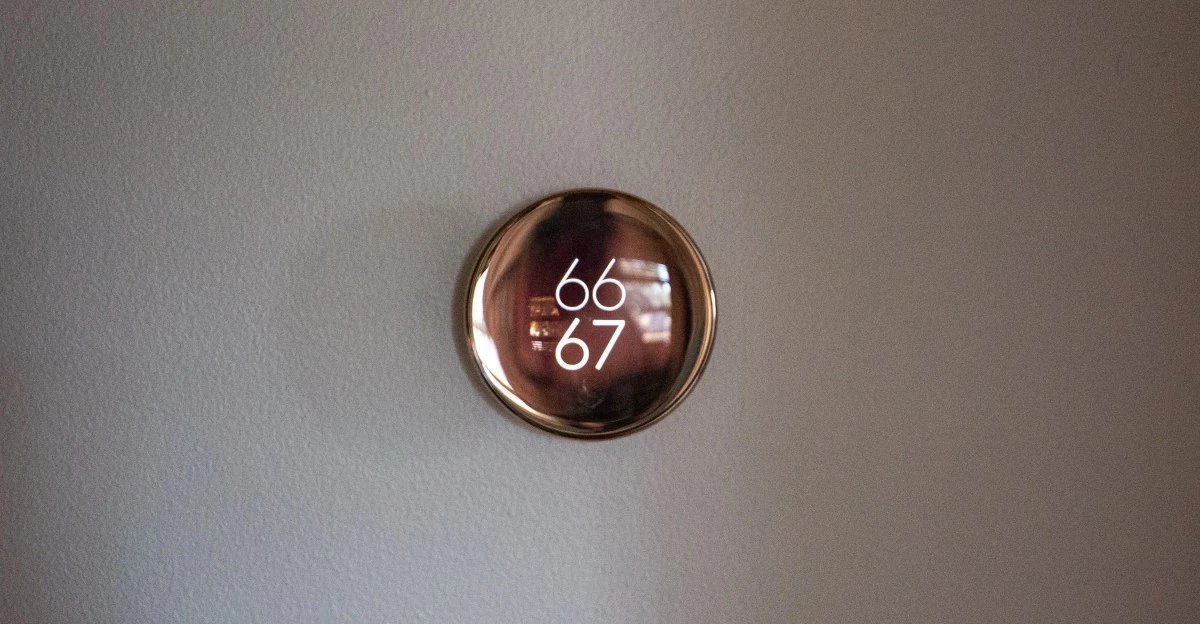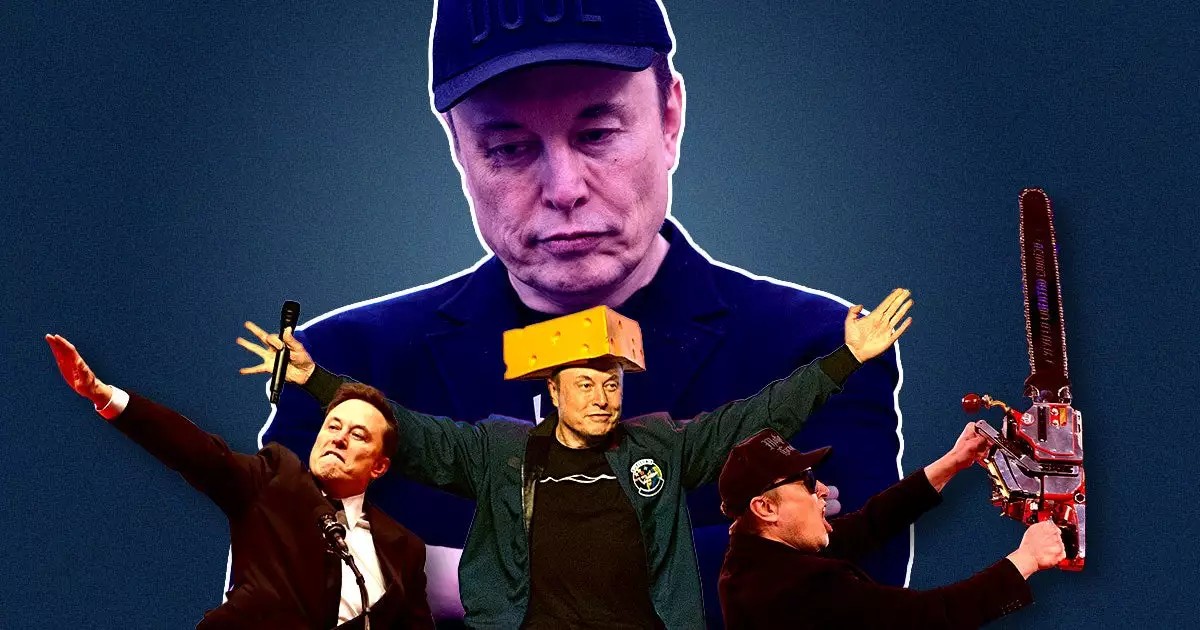Drone-on-Drone Combat Intensifies in Ukraine Conflict
In a significant shift in modern warfare tactics, the ongoing conflict in Ukraine has seen a marked increase in drone-on-drone combat, with both Ukrainian and Russian forces employing unmanned aerial vehicles (UAVs) to intercept and destroy enemy drones. This development has led to the creation of specialized interceptor drones, particularly by Ukrainian forces, in a cost-effective approach to countering aerial threats.
As drones have become increasingly prevalent on the battlefield for reconnaissance and targeted strikes, their use has evolved to include aerial interceptions reminiscent of historical dogfights. Ukrainian defense industry leaders have identified this emerging form of combat as a new segment of modern warfare, with both sides rapidly adapting to the changing landscape.
The rise of interceptor drones offers significant tactical advantages, primarily by disrupting enemy reconnaissance and data collection efforts. Ukraine’s innovative use of these drones has forced Russian forces to develop countermeasures, highlighting the dynamic nature of this technological arms race.
From an economic standpoint, the use of interceptor drones presents a cost-effective alternative to traditional air defense systems. The price of an interceptor drone is substantially lower than that of an air-defense missile, allowing for a more efficient allocation of resources. This approach also enables air defense units to focus on larger, more significant threats.
However, the increasing reliance on drone interceptions is not without its challenges. Ukrainian soldiers operating these interceptor drones often face dangerous missions near the front lines. Additionally, there is a growing demand for more advanced interceptor drones capable of targeting sophisticated Russian attack UAVs.
The implications of this trend extend beyond the current conflict in Ukraine. Military strategists predict that the use of drones for interceptions will likely persist in future conflicts unless low-cost anti-drone systems are developed. This shift in tactics is expected to influence military strategies worldwide, potentially reshaping the nature of aerial warfare in the 21st century.
As the situation continues to evolve, both Ukrainian and Russian forces are expected to further refine their drone interception capabilities, potentially leading to innovations in unmanned aerial combat. The global defense community will undoubtedly be watching closely as these developments unfold, potentially adapting their strategies in response to this emerging form of warfare.


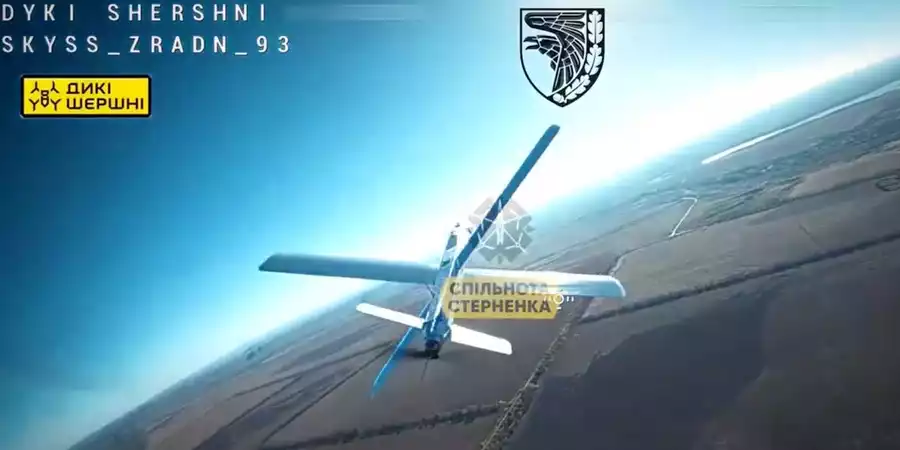
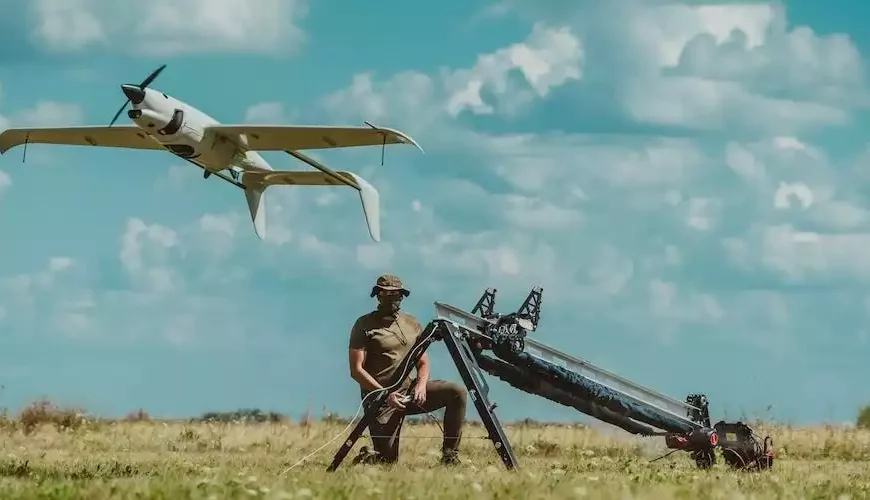
 By
By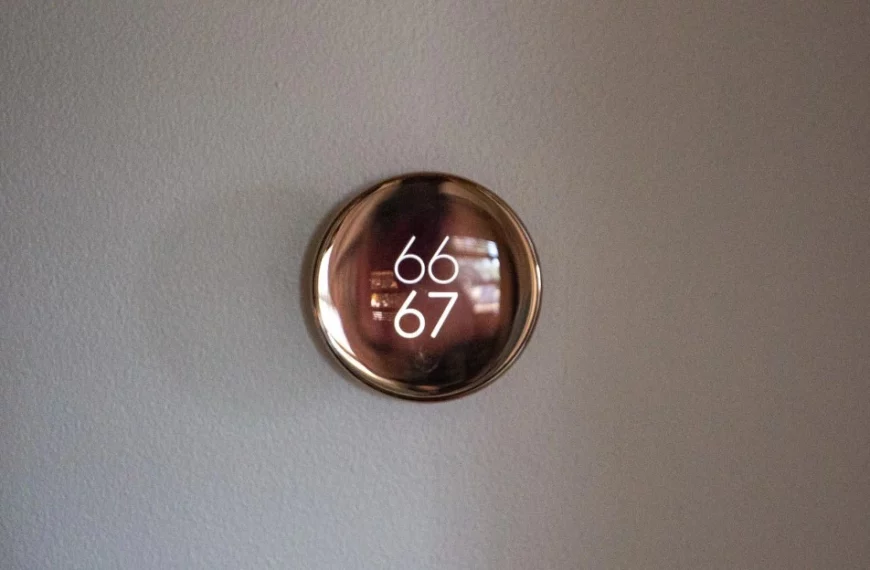
 By
By
 By
By
 By
By

 By
By
 By
By

